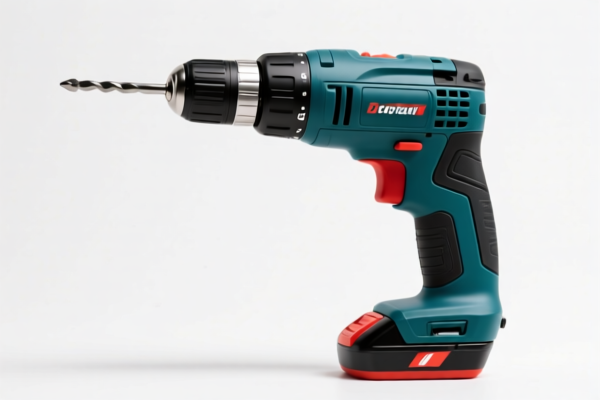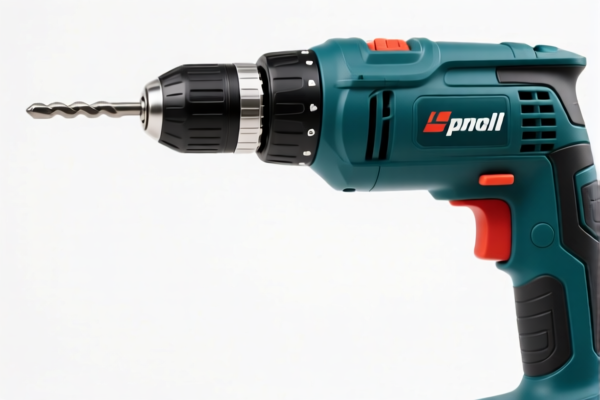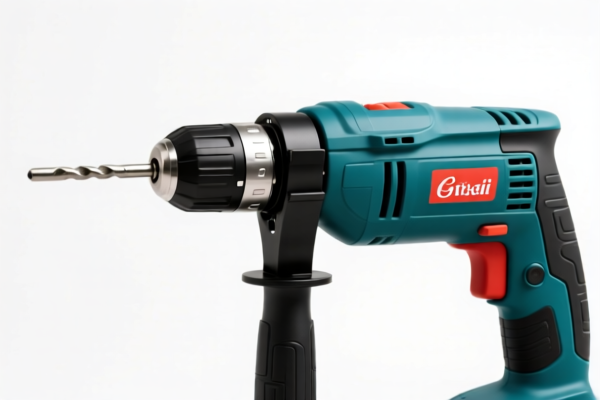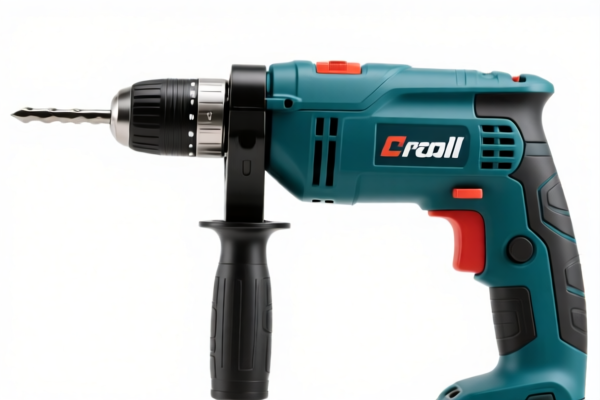| HS Code | Official Doc | Tariff Rate | Origin | Destination | Effective Date |
|---|---|---|---|---|---|
| 8504909690 | Doc | 55.0% | CN | US | 2025-05-12 |
| 8467210030 | Doc | 31.7% | CN | US | 2025-05-12 |




Electric Hardware Drill
An electric hardware drill is a power tool primarily used for making holes in various materials, and for driving and removing fasteners like screws. It is a common tool in construction, woodworking, metalworking, and general home repair.
Material
Electric drills utilize an electric motor to generate rotational force. Key components include:
- Motor: Typically a universal motor (capable of running on AC or DC power) or a brushless DC motor (increasingly common for higher efficiency and longer lifespan).
- Housing: Usually made of plastic, often with rubber grips for comfort and control.
- Chuck: A clamping mechanism to hold drill bits. Commonly made of steel. Chuck sizes are specified by the maximum bit diameter they can accommodate (e.g., 1/2 inch, 3/8 inch).
- Gears: Used to increase or decrease the speed and torque of the drill.
- Switch: Controls the speed and direction of rotation.
- Battery (Cordless Drills): Lithium-ion batteries are standard for cordless models, offering good power-to-weight ratio.
Purpose
The primary purposes of an electric hardware drill are:
- Drilling Holes: Creating cylindrical openings in wood, metal, plastic, concrete, and other materials.
- Fastening: Driving screws, bolts, and other fasteners.
- Removing Fasteners: Unscrewing or unbolting existing fasteners.
- Mixing: Some drills can be used with mixing attachments to stir paint, mortar, or other viscous materials.
Function
Electric drills operate based on the following principles:
- Rotational Force: The electric motor spins a shaft.
- Torque: The amount of rotational force, determining the drill's ability to drive fasteners or drill through hard materials. Measured in inch-pounds (in-lbs) or Newton-meters (Nm).
- Speed: Measured in revolutions per minute (RPM). Higher speed is suitable for smaller holes in softer materials, while lower speed is preferred for larger holes or harder materials.
- Clutch: A mechanism that disengages the motor when a pre-set torque limit is reached, preventing damage to fasteners or the drill itself.
- Hammer Action (Hammer Drills): Some drills incorporate a hammering mechanism for drilling into concrete and masonry.
Usage Scenarios
- Construction: Framing, drywall installation, concrete drilling.
- Woodworking: Assembling furniture, cabinet installation, creating pilot holes.
- Metalworking: Drilling holes in sheet metal, assembling metal structures.
- Home Repair: Hanging pictures, mounting shelves, general maintenance tasks.
- Automotive Repair: Disassembling and assembling components.
Common Types
- Corded Drills: Powered by an AC power source, offering consistent power and unlimited runtime. Generally heavier and less portable.
- Cordless Drills: Powered by rechargeable batteries, offering portability and convenience. Battery voltage (e.g., 12V, 18V, 20V) indicates power.
- Hammer Drills: Designed for drilling into concrete, brick, and other masonry materials. Feature a hammering action to break up the material as the bit rotates.
- Impact Drivers: Specialized drills designed for driving screws and bolts with high torque. Feature a rotational and hammering action optimized for fasteners.
- Right-Angle Drills: Designed for drilling in tight spaces where a standard drill cannot fit.
- Drill Presses: Stationary drills offering precise and controlled drilling. Typically used for repetitive drilling tasks.
- Rotary Hammers (SDS Drills): Heavy-duty drills for demolition and large-diameter drilling in concrete. Utilize a specialized chuck (SDS) and a powerful hammering mechanism.
Electric Hardware Drill Classification
Based on the provided information, the following HS codes are relevant to “electric hardware drill”:
- 8467210030: Tools for working in the hand, pneumatic, hydraulic or with self-contained electric or nonelectric motor, and parts thereof: With self-contained electric motor: Drills of all kinds Rotary: Other: With a chuck capacity of less than
12.7 mm .- 84: Tools, implements, cutlery, hand tools, and articles of cutlery. This chapter covers a wide range of hand tools and related items.
- 67: Tools for working in the hand, pneumatic, hydraulic or with self-contained electric or nonelectric motor. This heading specifically focuses on powered hand tools.
- 21: With self-contained electric motor. This subheading narrows the scope to tools that have their own electric motor.
- 00: Drills of all kinds Rotary. This further specifies the tool as a rotary drill.
- 30: Other: With a chuck capacity of less than
12.7 mm . This identifies drills with a chuck capacity under 12.7 mm.
According to the provided reference material, the HS code options related to 'electric hardware drill' are limited, with only the following 1 found.
Please note that this HS code is specifically for drills with a chuck capacity of less than 12.7 mm. If the drill has a larger chuck capacity, it may fall under a different classification not listed in the provided reference material. The basic tariff is 1.7%, with a supplementary tariff of 0.0%. After April 2, 2025, the supplementary tariff will increase to 30%, resulting in a total tariff of 31.7%.
Customer Reviews
No reviews yet.